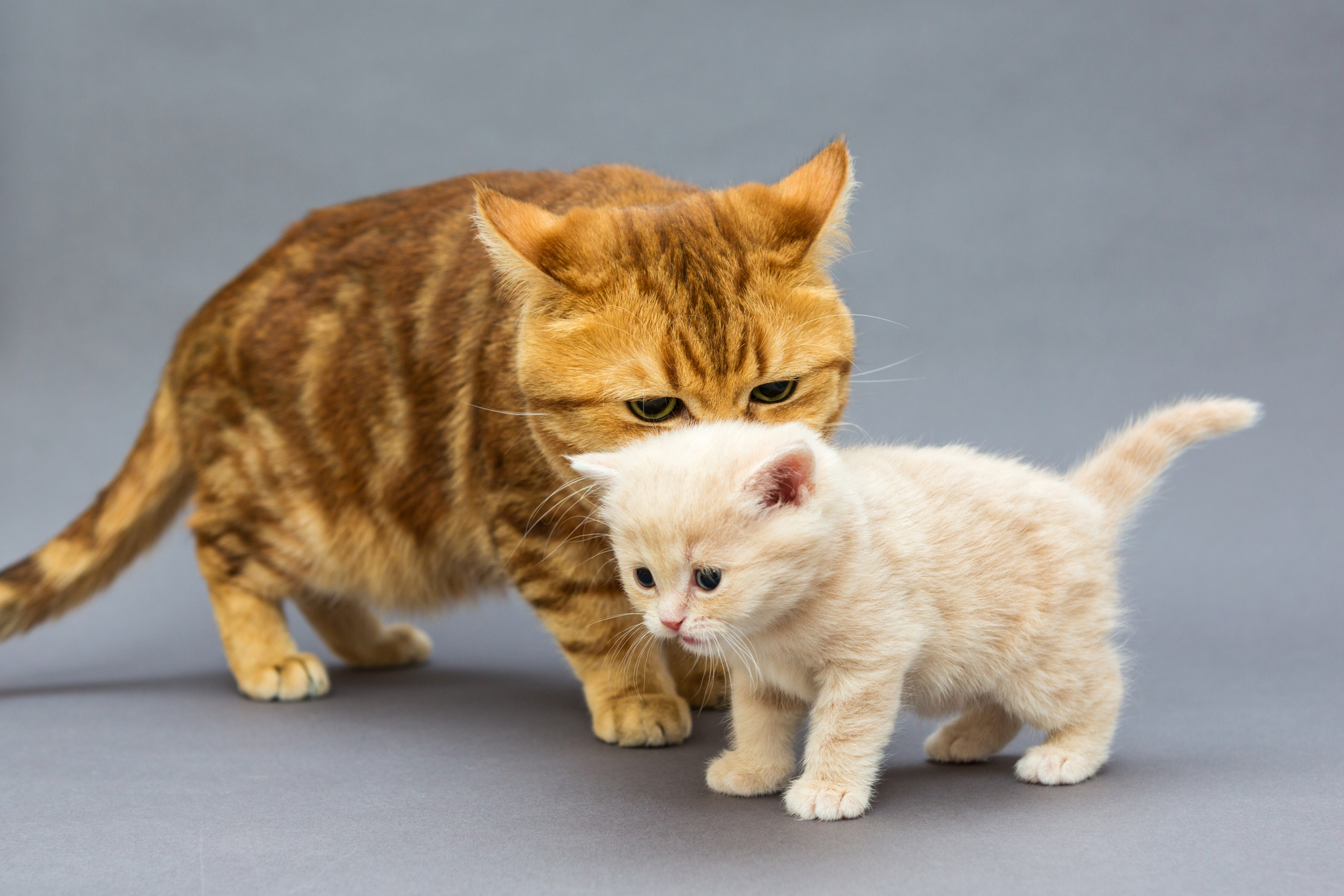
Cats, often celebrated for their independence, also exhibit intricate social behaviors within their family units. From maternal care and sibling bonds to communication and communal living, cat families offer a fascinating glimpse into the complexity of feline society.

1. Maternal Care and Early Development
The foundation of a cat family begins with the queen (mother cat) and her kittens. During pregnancy, queens prepare secluded nests where they will give birth and raise their offspring. Maternal care is essential from the moment kittens are born. Queens provide warmth, protection, and nutrition through nursing, ensuring their kittens’ survival and development.
2. Sibling Bonds and Socialization
Kittens raised together form strong bonds with their littermates. Sibling interactions, especially during playtime, are crucial for developing social skills, coordination, and physical strength. Through mock hunting and wrestling, kittens learn essential behaviors that will serve them well into adulthood. These playful interactions also establish hierarchies among littermates, influencing their future relationships.

3. Fatherhood and Male Involvement
While maternal care is predominant, some male cats also play roles in cat families. In feral cat colonies, dominant males may defend territories and provide food for their families, showcasing paternal instincts in the wild. Domestic male cats can exhibit protective behaviors towards kittens and may play a supportive role in their upbringing, although this varies widely depending on individual temperament and socialization.
4. Communication and Social Structure
Communication within cat families is nuanced and multifaceted. Vocalizations such as purring, meowing, and chirping convey various messages, from soliciting attention to expressing distress. Body language, including tail positioning, ear orientation, and facial expressions, also plays a crucial role in intra-family communication. Kittens learn these cues from their mother and siblings, establishing a shared language that facilitates cooperation and reduces conflict within the family unit.
5. Adoption and Blended Families

Cats exhibit remarkable adaptability and may adopt orphaned or abandoned kittens into their families. This behavior is not limited to queens; siblings or even unrelated cats within a social group may participate in communal care. Adoptive mothers provide nurturing, grooming, and protection, ensuring the survival of adopted kittens alongside their biological offspring. These blended families highlight the compassion and flexibility of cats in forming inclusive social structures.
6. Long-term Bonds and Family Dynamics
While cat families may disperse as kittens mature, some maintain long-term bonds and affiliations. Siblings often form close-knit groups within multi-cat households, engaging in mutual grooming and cooperative behaviors. These enduring relationships contribute to the overall stability and well-being of individuals within the group, emphasizing the importance of social connections in feline society.
The study of cat families reveals a rich tapestry of behaviors and interactions that underscore the complexity of feline social structures. From maternal instincts and sibling bonds to communication and communal living, cats exhibit a range of adaptive strategies that promote survival and enhance social cohesion. By exploring these dynamics, we gain deeper insights into the fascinating world of feline relationships and the profound connections that define cat families.

